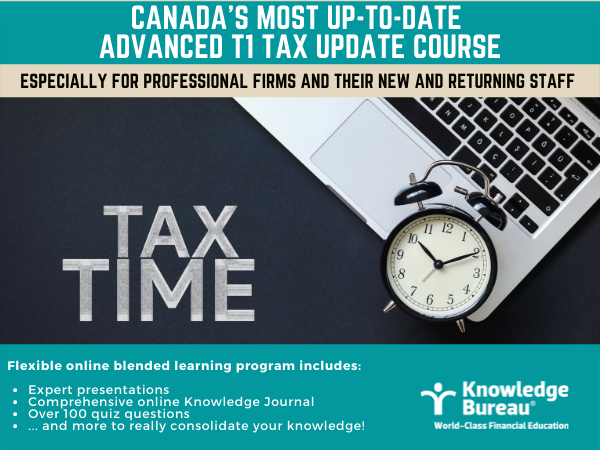Last updated: February 02 2022
Another Disconnect between CRA and Taxpayers

Jose L. Riquelme, CPA, CGA
It is no secret that CRA service levels have been under stress during the Pandemic. Many tax practitioners can confirm that a phone call that would normally have to wait for three to five minutes to be answered. At the peak of tax season could take one hour or more, not even including the dozens of dropped calls. Lately, response times have slowly decreased; however, it is still at unacceptable levels. As CRA shifts most of its services online through My Account, My Business Accounts, and Represent a Client one could think that there is less demand for phone calls. These services have also been compromised.
On September 9, 2020, CRA published a News Release confirming that about 48,500 accounts were locked by CRA as they discovered suspicious activities such as fraudulent CERB applications, change of direct deposit information, etc. To date, many of these taxpayers are still locked-out of their accounts or are still dealing with reversing the effects of the fraudulent claims made on their behalf. For individuals and businesses that suffered the hacking of their accounts, CRA has provided guidance on how to solve the issues here. Thousands of hours were lost on the phone with CRA agents trying to solve the effects of these security breaches. This is a serious problem that affects individuals and business owners alike.
As CRA encourages the registration of My Account and My Business Accounts for taxpayers, they are now subtly forcing all taxpayers to do so with the recent changes they are putting in  place.
place.
In the past, taxpayers (individuals and businesses) could authorize a representative just by signing the corresponding authorization forms and these authorizations were effective almost instantaneously by efiling the requests. No registration on the taxpayer’s side was required. This allowed for fast and effective assistance to the taxpayer by the tax practitioner.
As of October 2021, taxpayers will have to go a step further to authorize a representative. They will be required to confirm the authorization by logging into their own My Account or My Business Account. Of course, to login into their account, taxpayers will have to first register for one. Some taxpayers will be exempt from registering, these are:
- Individuals who chose to provide the tax field
- First-time individual filers
- Submissions signed by a legal representative
- Non-resident business owners
These taxpayers will be contacted by phone to verify the authorization. This is clearly a measure to avoid the problems described above. However, it does not take into consideration the extensive mistrust of phone contact due to the large number of CRA scam calls Canadians are receiving, or the large number of seniors or adults who either do not have access to the internet or choose not to have an online presence.
The ideal world for any tax practitioner is for all clients to have access to CRA’s online services. This will save a lot of time for the taxpayer and the tax practitioner. Nevertheless, this is not the reality.
Many people engage a tax practitioner so that they don’t have to directly deal with the CRA. The Agency needs to bolster its client service by allowing phone confirmations that clearly differentiate from scan artistry or even to go back to the old fashioned way of doing things: to continue to send letters to confirm the representative authorizations.
Perhaps, this will allow CRA to better connect with its constituency and enable the desired result: full compliance.
What’s your take? We’d appreciate your feedback.
Additional educational resources: Don’t miss this opportunity to take Canada’s most up-to-date and comprehensive Advanced T1 Tax Update Course for Professional Tax Accounting firms and their new and returning staff who will file 2021 T1 Returns. This is Canada’s #1 tax training program for busy practice owners who need to recruit and train staff in time for this tax season.
